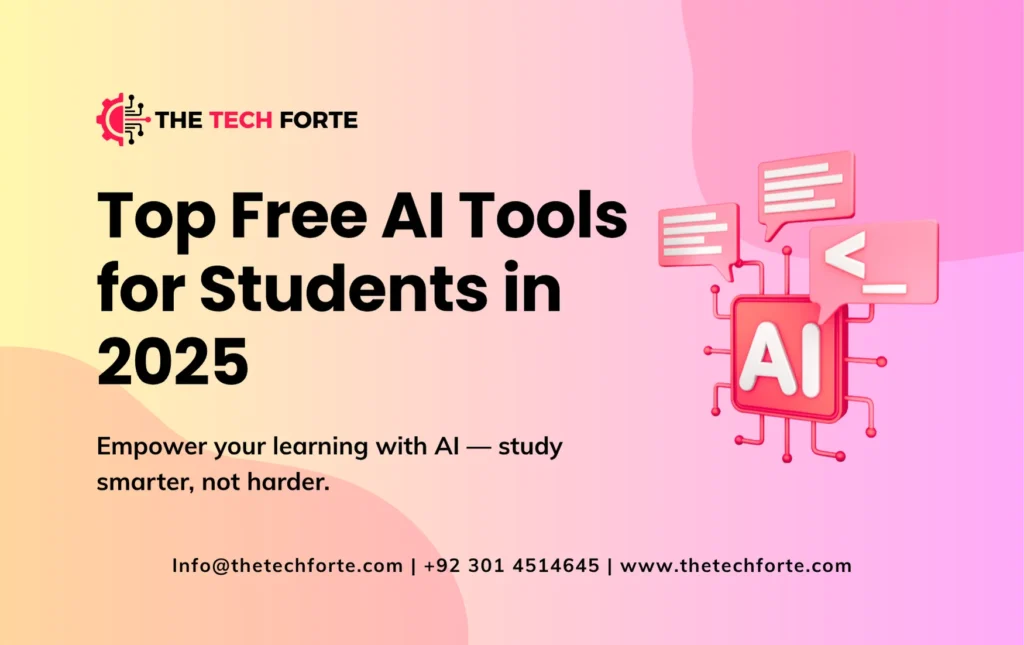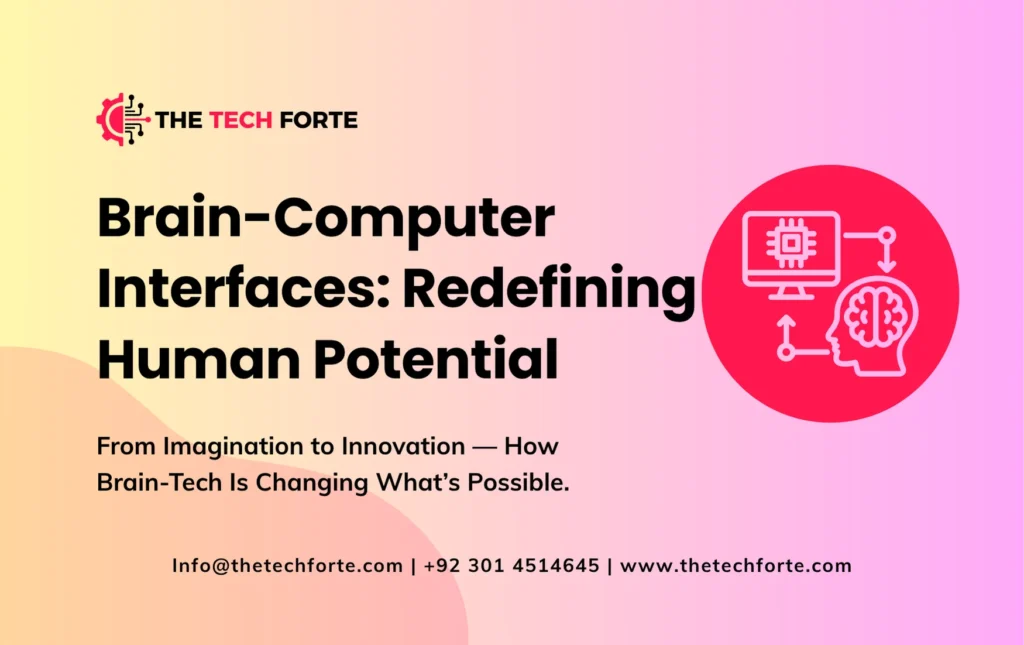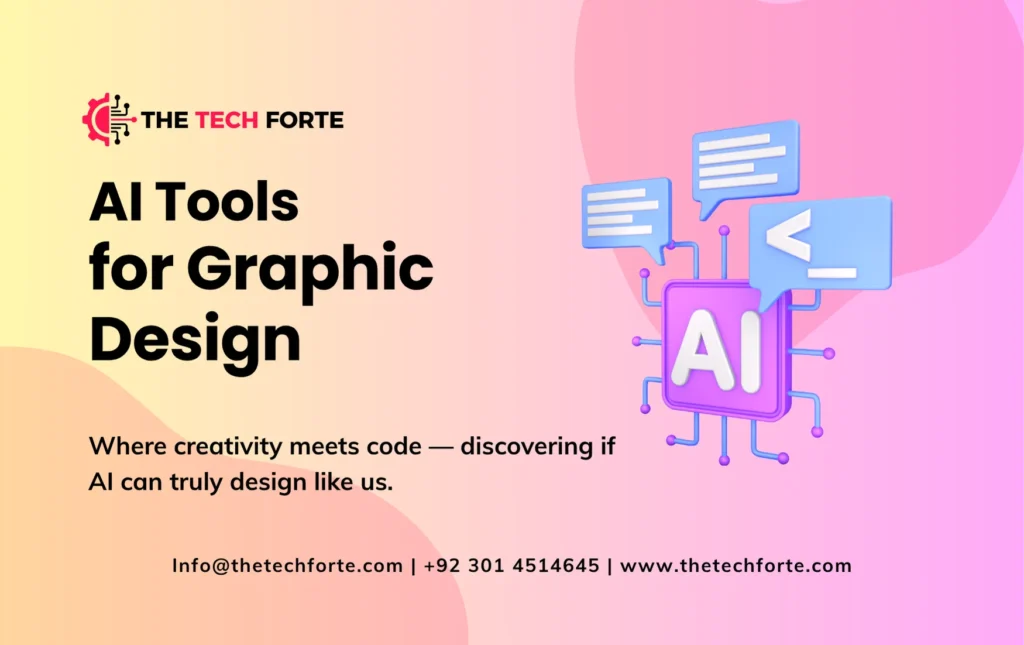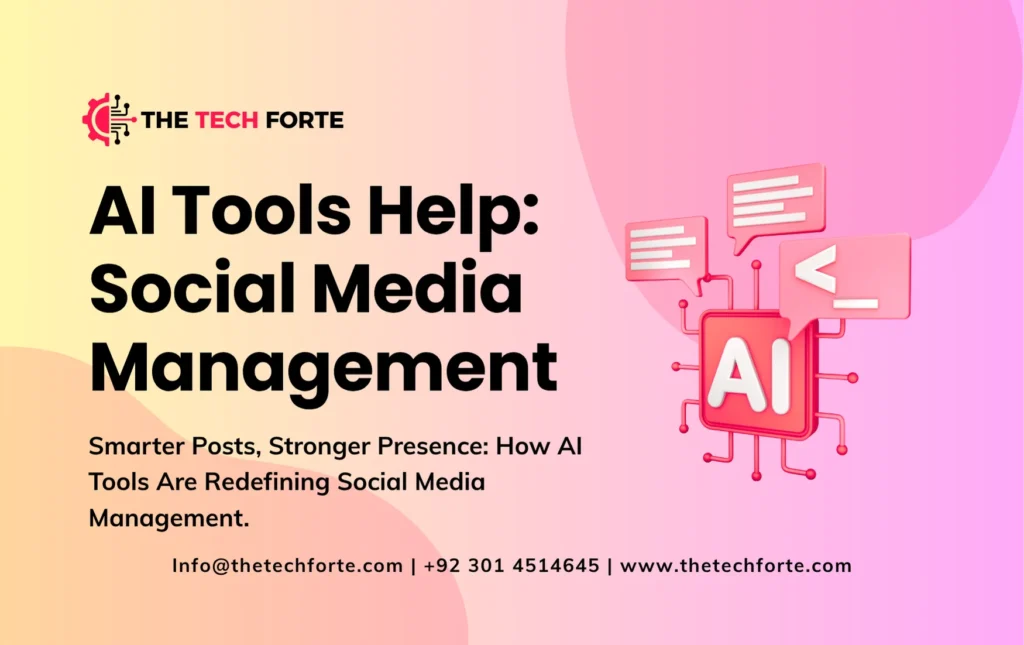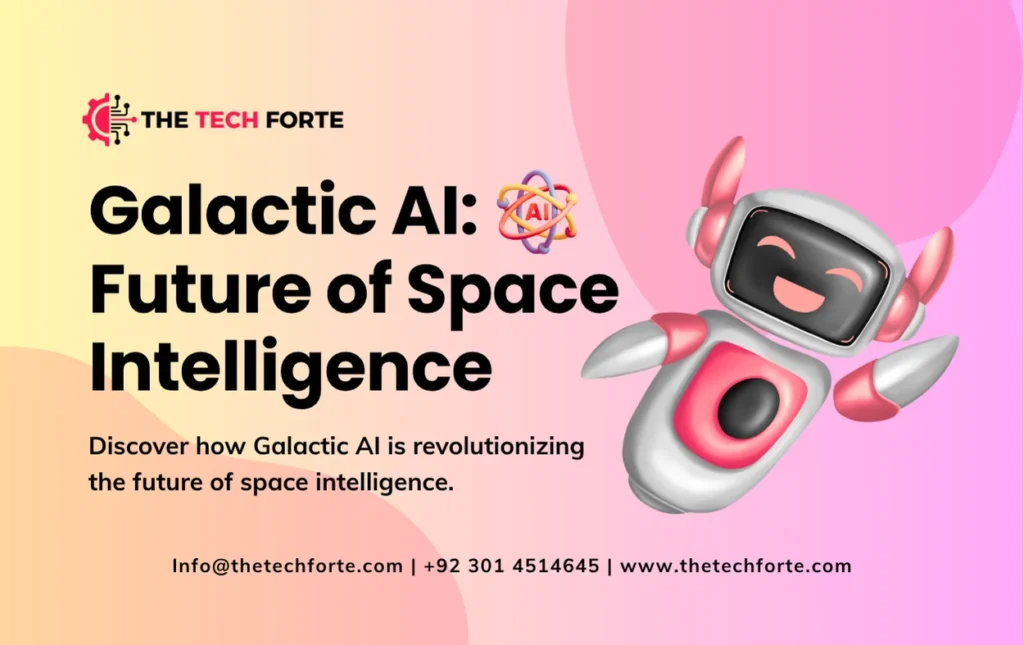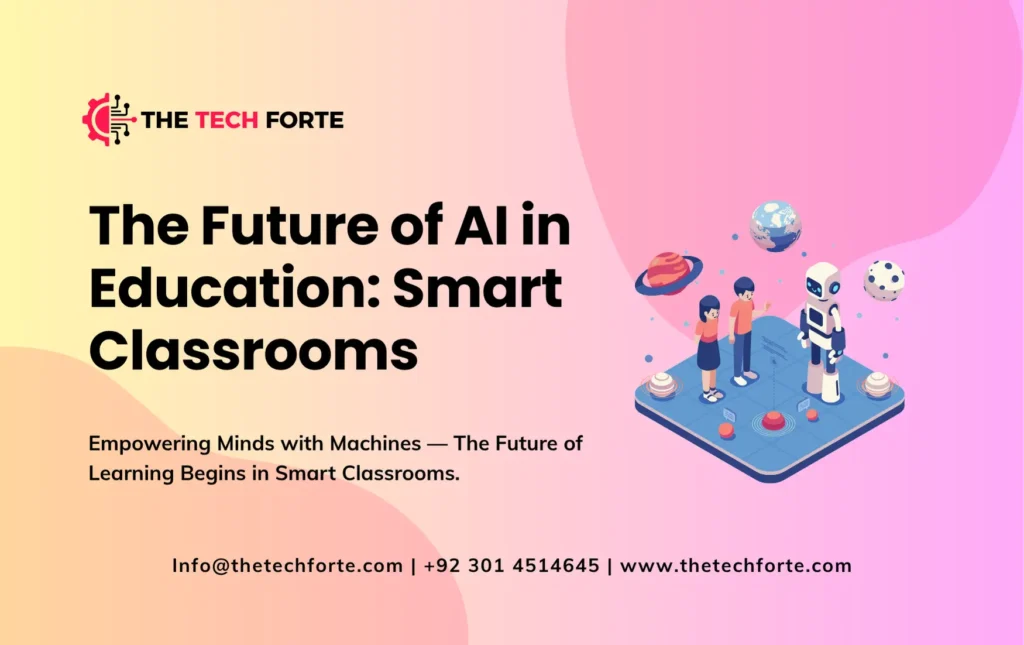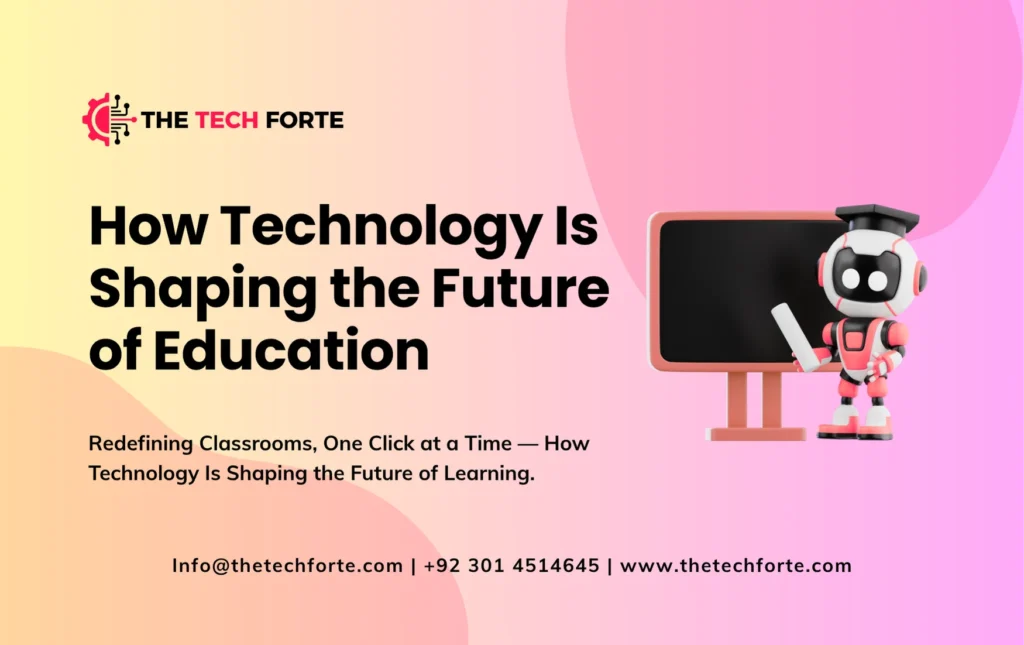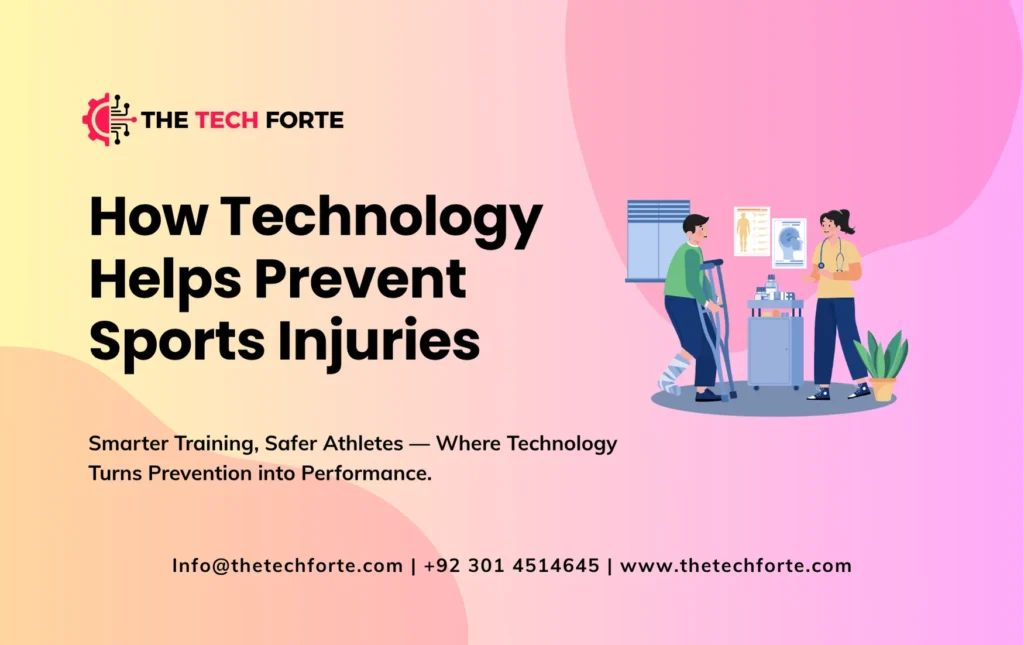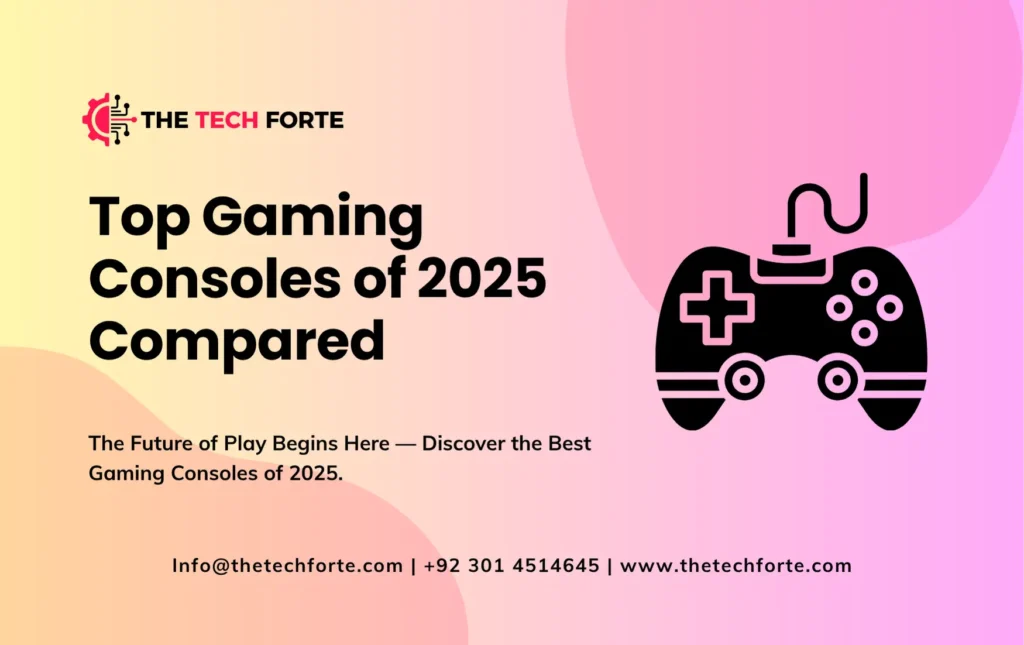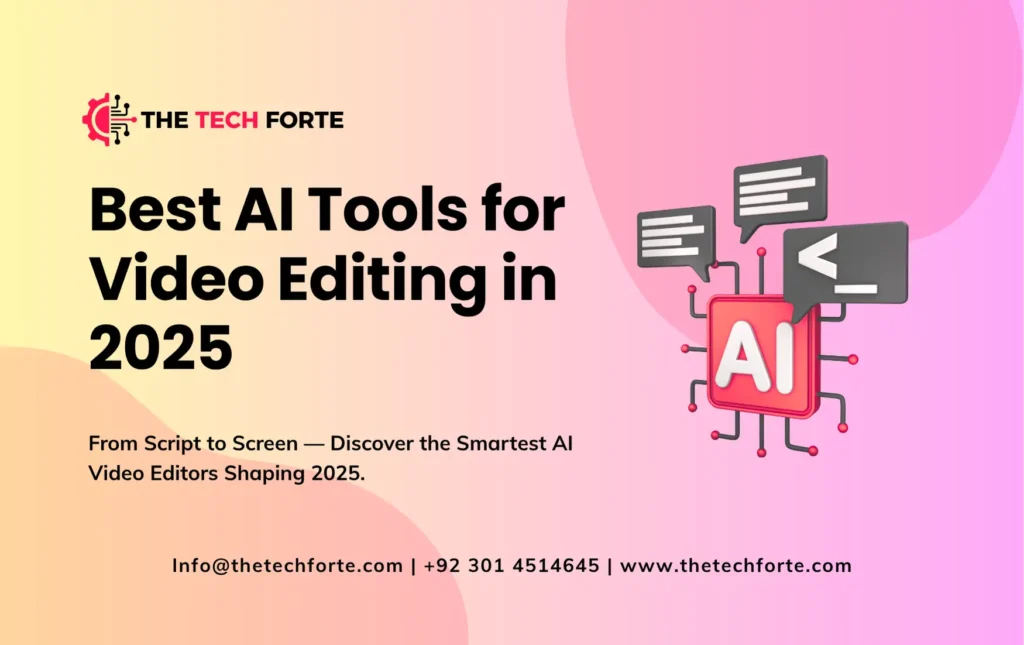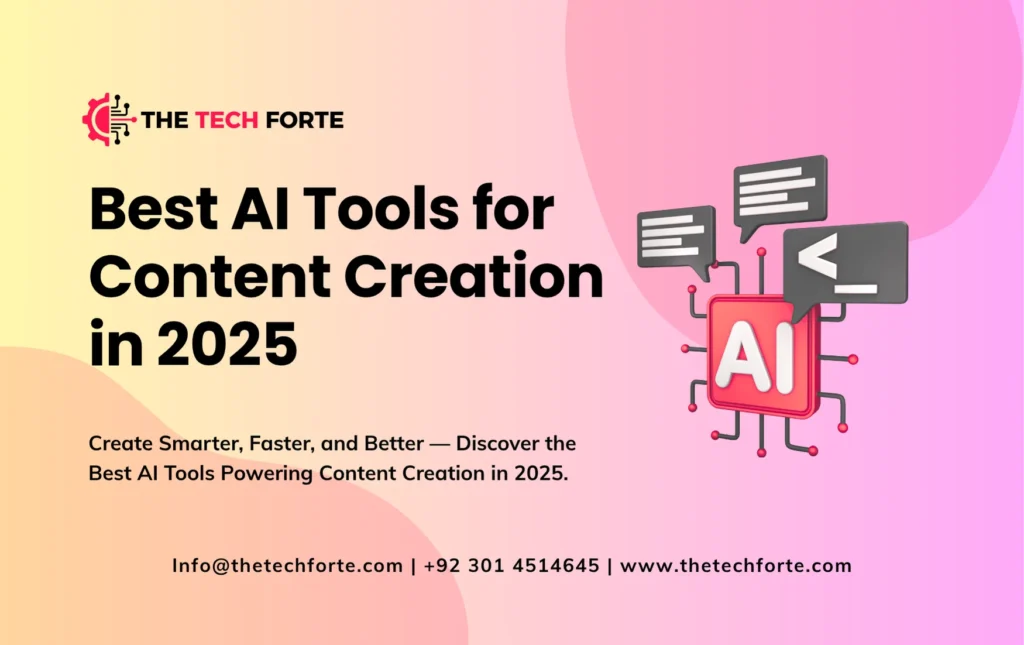How Technology Is Shaping the Future of Education

The rapid advancement of technology in education is transforming how students learn, teachers instruct, and institutions operate. From AI-powered learning tools to virtual classrooms, technology has become the cornerstone of modern learning. As we move toward 2025, the future of education technology promises more personalized, interactive, and accessible education for everyone. Let’s explore how innovation, AI, and digital learning trends are shaping the future of education.
Read More: The Future of AI in Education: Smart Classrooms
The Rise of Educational Technology in 2025
The global shift toward educational technology (EdTech) has accelerated dramatically in recent years. What began as a supplement to traditional classrooms has now evolved into a full-fledged ecosystem of online learning platforms, virtual labs, and smart classrooms. Today’s education technology companies are developing tools that allow learners to interact, collaborate, and grow beyond geographical and social boundaries.
As education technology news today highlights, this transformation is not limited to students. Teachers and institutions are also adopting adaptive learning technology to improve lesson delivery, automate assessments, and track progress through data analytics.
How Technology Is Shaping Modern Education
The role of technology in modern education is more significant than ever. Technology has bridged the gap between traditional education models and modern needs. Students now have access to interactive learning tools, real-time feedback, and personalized learning experiences powered by AI in education.
Educational technology companies are leveraging cloud computing, data analytics, and AI-driven systems to create platforms that adapt to each learner’s pace and style. This means students can receive customized support, whether they’re studying basic math or complex engineering concepts.
Digital Learning Trends Transforming the Classroom
The rise of digital learning trends has changed how classrooms function. The modern learning environment now integrates smart boards, interactive quizzes, and multimedia resources that enhance understanding. Virtual classrooms and remote learning solutions also ensure continuity in education, even when students are miles apart.
Some of the most notable EdTech innovations in 2025 include:
- AI tutors and chatbots for instant academic assistance
- Gamified learning for better engagement
- Augmented Reality (AR) and Virtual Reality (VR) for immersive experiences
- Blended learning approaches, combining physical and online classes
These technologies make learning more dynamic and student-centered than ever before.
AI in Education: Personalization and Efficiency
One of the most transformative elements in educational technology 2025 is Artificial Intelligence (AI). AI helps educators identify student needs through data analysis and personalize content to match learning levels. For example, AI in education can track performance trends, suggest additional resources, and even help detect when a student is struggling.
AI-powered virtual assistants are now common in many institutions, handling administrative tasks, answering student queries, and offering 24/7 academic support. This integration of AI for business, defense, and education highlights the broader adoption of smart systems across sectors.
Virtual Classrooms and Online Learning Platforms
Online learning platforms have revolutionized the way students access knowledge. From Coursera and Udemy to Khan Academy and edX, learners can now study from anywhere, at any time. Virtual classrooms eliminate geographical barriers and promote global collaboration.
The benefits of educational technology in this space are immense:
- Increased accessibility to quality education
- Cost-effective and flexible learning options
- Opportunities for global networking
- Real-time feedback and progress tracking
These innovations have also created educational technology jobs, from e-learning content creators to platform developers, as more institutions embrace digital education.
Smart Classrooms and Interactive Learning
The introduction of smart classrooms has changed how teachers interact with students. Digital whiteboards, cloud-based resources, and real-time collaboration tools create a seamless learning experience. In 2025, technology in education is not just about convenience—it’s about empowerment.
Students use tablets, AR tools, and learning apps to explore topics more deeply, while teachers utilize data-driven insights to enhance their teaching methods. This blend of interactivity and data analytics is what makes smart classrooms the future of education.
Blended Learning and Remote Education
The blended learning approach combines the best of traditional classroom teaching and modern technology. Students engage in both physical and virtual sessions, ensuring a holistic learning experience. Remote learning solutions have also proven crucial in maintaining education continuity during global challenges like pandemics.
Educational institutions now rely heavily on cloud-based learning management systems (LMS) and AI monitoring tools to manage assignments, assessments, and attendance efficiently.
The Impact of Technology on Student Engagement
One of the biggest impacts of technology in education is the boost in student engagement through tech. Interactive tools like quizzes, polls, and gamified lessons keep students motivated. Education apps for students are designed to make learning more fun and relatable, encouraging participation even outside the classroom.
Moreover, the integration of social learning platforms allows students to discuss, collaborate, and share projects globally, fostering community-driven learning.
EdTech Innovations Driving the Future
The future of education technology lies in continuous innovation. From AI-driven adaptive learning systems to VR-based virtual labs, educational technology continues to redefine learning possibilities.
Key EdTech innovations shaping 2025 include:
- Personalized AI learning assistants
- Blockchain-based certification systems for transparency
- Data-driven progress reports
- Voice and gesture-controlled interfaces
These advancements are supported by leading education and technology companies worldwide, making education smarter, faster, and more efficient.
Digital Transformation in Schools and Universities
The digital transformation in schools is paving the way for more efficient administrative processes, enhanced curriculum delivery, and improved communication among teachers, parents, and students. Educational technology education is also becoming a distinct career path, as schools seek qualified professionals to manage and implement EdTech systems.
Universities are integrating AI-based student support systems and data analytics dashboards to improve decision-making and enhance academic performance across departments.
Educational Technology Jobs and Career Opportunities
As technology reshapes learning environments, the demand for educational technology jobs is rising. Professionals skilled in e-learning development, AI system design, and educational data analysis are increasingly valuable.
Top roles in the education technology industry include:
- Learning Experience Designers
- EdTech Software Developers
- AI Education Specialists
- Instructional Technologists
- Data Analysts for Schools
These roles are crucial as education technology companies continue to innovate and expand their global reach.
Challenges and Considerations in EdTech Adoption
While technology in education brings vast opportunities, it also poses challenges. Some schools face budget constraints, while others struggle with inadequate infrastructure. Digital literacy and cybersecurity are also key concerns as more data is stored online.
However, with proper planning and digital well-being strategies, institutions can ensure safe and equitable access to modern education tools.
The Future of Educational Technology: 2025 and Beyond
The future of educational technology is bright and full of potential. AI, VR, and automation will continue to dominate the learning landscape, while education technology companies compete to deliver the most effective and engaging experiences.
By 2025, we’ll likely see:
- More immersive AR/VR classrooms
- AI-based grading systems
- Cross-border collaboration tools
- Smart data analytics for performance insights
These developments highlight how technology in education is more than a trend—it’s a long-term transformation.
Conclusion: Empowering Education Through Technology
The impact of technology on education is undeniable. From smart classrooms to AI-powered platforms, digital innovation is creating a world where learning is personalized, accessible, and limitless. Whether you’re a student, educator, or tech professional, embracing educational technology 2025 means stepping into the future of knowledge itself.


